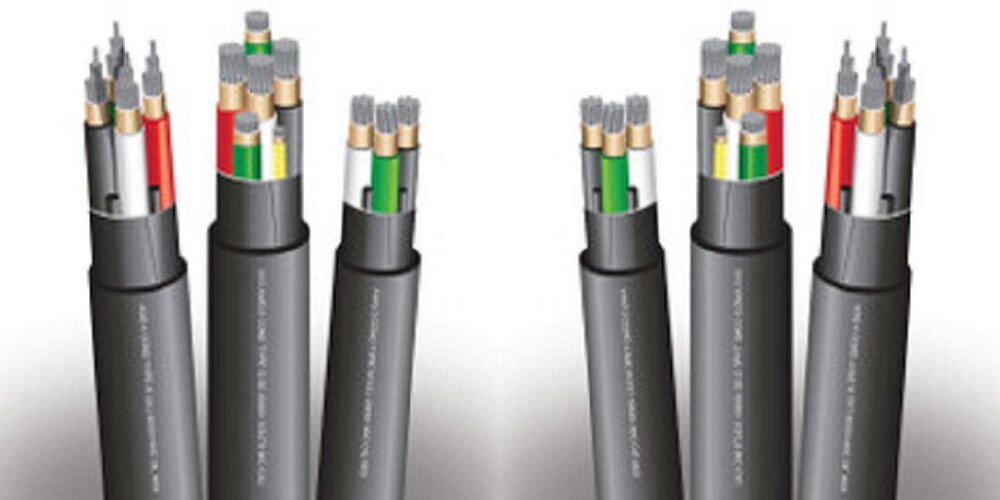Traditionally, electrical wire and cable have been drawn through conduit, a thick, heavy raceway designed to house, support, and protect electrical wire and cable.
Conduit, which is often made from metal, plastic, fibrous materials, or even clay, provides an excellent deal of protection to electrical cables and can shield them from electromagnetic interference, or EMI.
With that said, the drawbacks of conduit are many. Here are some of the top conditions you might encounter that would make trays and tray cable the superior alternative.
1. Where easy access to the cable is required
Even though electrical conduit provides categorically superior protection to electrical cables, it offers basically no access to the cables it contains. To access them, they must be drawn out at one of the conduit’s ends.
Not so with cable trays, which are openly configured so that access can be achieved at basically any point along the cable run. Whether you need to divert a cable, replace an entire section, make a repair to damaged insulation, or simply establish a new electrical connection, it’s easier and more cost-effective with tray cable.
2. Where a heat dissipation is critical
Conduit provides excellent protection to electrical cables against fire, but it also does not allow for effective heat dissipation. In fact, it can trap quite a great deal of heat. Some cables, which carry high voltage or current, can become hot, which can damage their insulation and present a risk of fire. Cable tray, with its open configuration, allows for much better heat dissipation than conduit.
3. Where cost and labor concerns are a factor
Because electrical cables must be drawn through conduit in order to establish the network or for maintenance, it is much more expensive to install conduit and then run wire and cable through it than it is to lay cable trays and use tray cable. Not only is it more expensive at the outset, but this condition compounds costs of maintenance down the line.
4. Where electromagnetic interference is not a major concern
Generally, conduit will provide the best level of protection for cables it contains against EMI, but there are also modern tray cables with special shielding that will protect them against the same.
5. Where there isn’t a massive risk of abrasive or chemical damage
Again, conduit provides the highest level of general protection to the cables it contains, but with high-quality tray cable with chemical, water, oil and gas, sunlight, and abrasion-resistant insulation, this is less of a concern.
6. Where efficient cable routing and organization are necessary
The nature of cable trays is flexibility, which is in opposition to conduits, which are rigid and not easily reconfigurable. Cables can be easily accessed, added, or re-routed off the cable tray as needed, in contrast to a conduit, which makes all of these actions physically difficult and cost-prohibitive.
7. Where there is a smaller installation space available
Cable tray is easier to install in areas where there are restrictions on physical space available for access. This makes tray cable superior in some areas in which conduit would not be practical or effective.
Invest in Tray Cables Today and Save
In addition to all of the benefits listed here, it takes less time and resources to design a cable tray system, they are easier and more cost-effective to maintain and manage in the long-term, and they are far more flexible, easily accommodating changes to the design over the course of the project – unlike conduits.
To learn more about tray cables or to invest in high-quality options for your project, visit EWCS Wire or get in touch with them directly at 800-262-1598. They carry a wide range of high-quality electrical wire and cables at competitive prices and offer excellent service.












